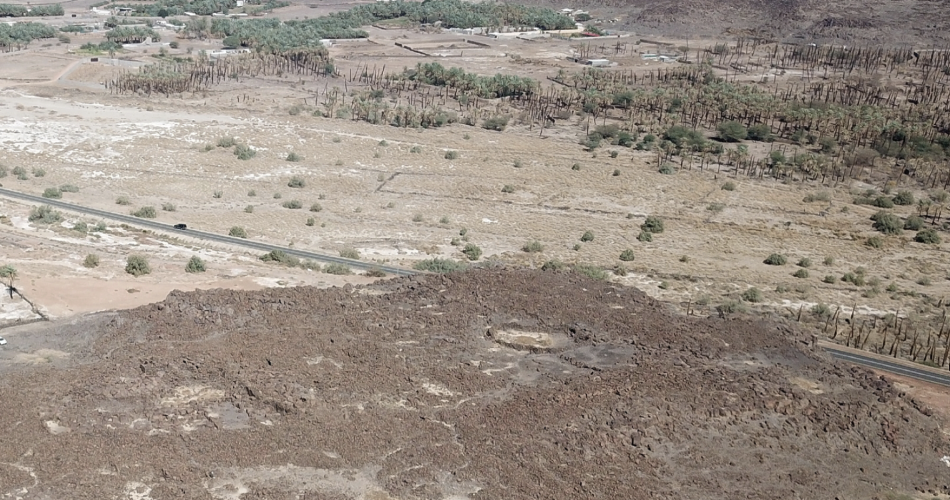Archaeologists have uncovered an extraordinary ancient settlement in Saudi Arabia’s Khaybar oasis, painting a new picture of urban life in a region previously thought to be dominated by nomadic tribes. This fortified city, named al-Natah, challenges long-held assumptions about early civilizations in Arabia, showing an unexpectedly sophisticated level of urban organization from the Bronze Age.
The settlement, protected by imposing walls, is meticulously planned, featuring residential zones connected by narrow streets, a central administrative area, a cemetery, and agricultural land. This discovery, led by a team from France’s National Center for Scientific Research and published in PLOS ONE, is part of the Khaybar Longue Durée Archaeological Project.
A Snapshot of Life in Ancient Arabia
The site represents the earliest known example of a fortified settlement in northwestern Arabia from around 2,400 to 2,000 B.C., suggesting that the area was home to a stable and organized community. Spanning nearly six acres, this city appears to have functioned for almost a millennium, with its layout demonstrating a clear division of space: residential zones, a potential decision-making center, and a designated burial ground. Streets linked the homes but were separated from farmland and the central administrative district.
The site’s compact residential area contains approximately 50 homes—possibly up to 70 as excavation continues. Some of these dwellings reached three stories high, which may have provided housing for around 500 inhabitants, highlighting a surprisingly dense urban environment.
Defensive Structures and Agricultural Innovation
Strategically positioned at the junction of east-west and north-south trade routes, the city was fortified with two large towers and ramparts, underscoring its defensive nature. The location itself played a significant role in the city’s layout, with the architecture aligned along a small ridge on the northeastern side, leveraging natural topography for defense.
Within the oasis, natural springs and aquifers supported agricultural production, vital for sustaining a stable food supply. This advancement reflects a shift from a primarily pastoral, nomadic lifestyle to a more settled, agro-pastoral way of life. The outer walls seem designed not only to protect this valuable water source but also to regulate access and trade, indicating a community with increasing social and economic complexity.
Everyday Life and Social Structure
Excavations have also revealed an abundance of basalt grinding stones, mortars, and pestles, tools that the residents likely used to process grains. These findings suggest a diet that combined cereals with meat and dairy products sourced from domesticated animals. The presence of these tools points to a more organized and settled way of life, where agriculture and livestock coexisted within a fortified community.
Researchers propose that northwest Arabia during the Bronze Age was dotted with interconnected, fortified oasis cities like al-Natah, connected through a network of trade routes. This discovery opens the door to exploring the extent of these connections and understanding the role of such cities in regional trade.
Shifting Perspectives on Ancient Arabian Civilization
In the past two decades, archaeological access to Saudi Arabia has significantly advanced our understanding of the region’s history, reshaping views on its social and economic landscape from the fourth to second millennium B.C. The discovery of al-Natah and similar sites not only reveals the complexity of these early societies but also hints at a regional network of fortified settlements that thrived on agriculture, trade, and social organization.
The ongoing research at Khaybar promises to uncover even more about these sophisticated communities, possibly revealing further insights into the evolution of urban life in ancient Arabia.

